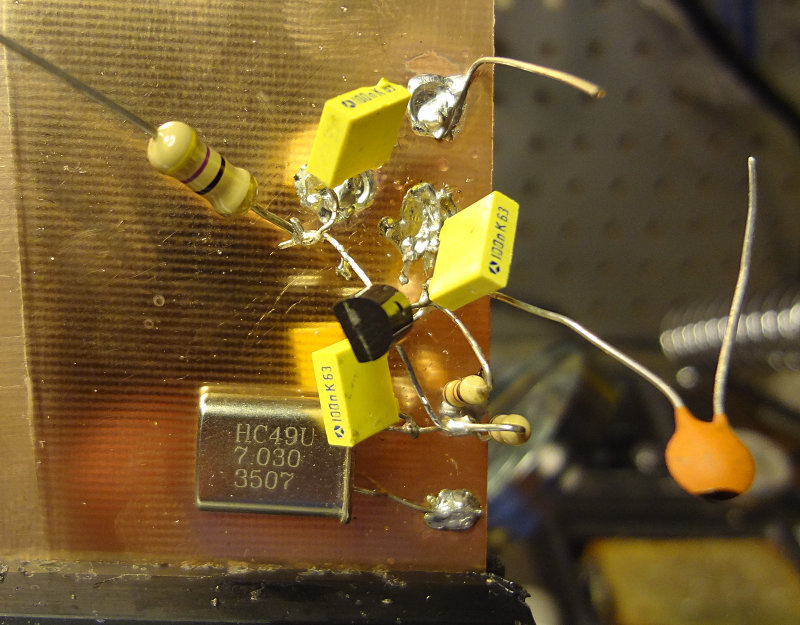A few days ago, Jason/NT7S announced the Etherkit Si5351A breakout board was getting an upgraded TCXO oscillator with improved performance. I’ve already got a few of them waiting for me to put to work, so why not add another one.
Yay, @etherkit Si5351A breakout board with new TCXO arrived. pic.twitter.com/FdtoKTOYSg
— imabug (@imabug) April 19, 2016
Unlike the previous boards I bought (from the crowdfunding campaign), the latest versions now come fully assembled except for the header pins. If the thought of soldering tiny surface mount devices was keeping you from trying the breakout board, worry no more.
The 10 mW WSPR beacon app note looks pretty interesting, and I think it would be fun to try to get one set up once we’re in the new house. I’d love to see how far it could be heard.
We’ll hopefully be in the new house in a few more weeks. I’m looking forward to getting the shack and workshop set up again so I can get to playing.







